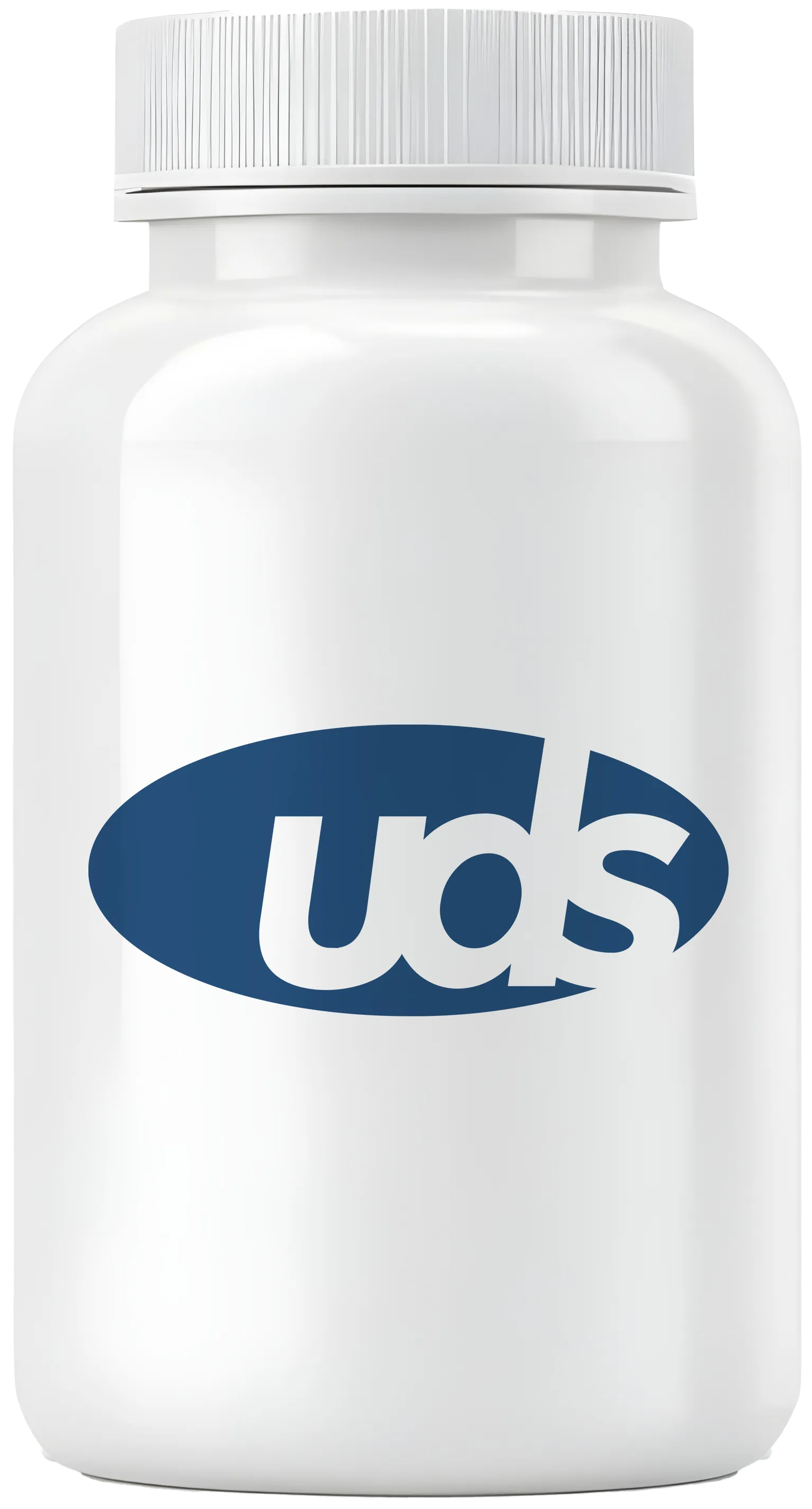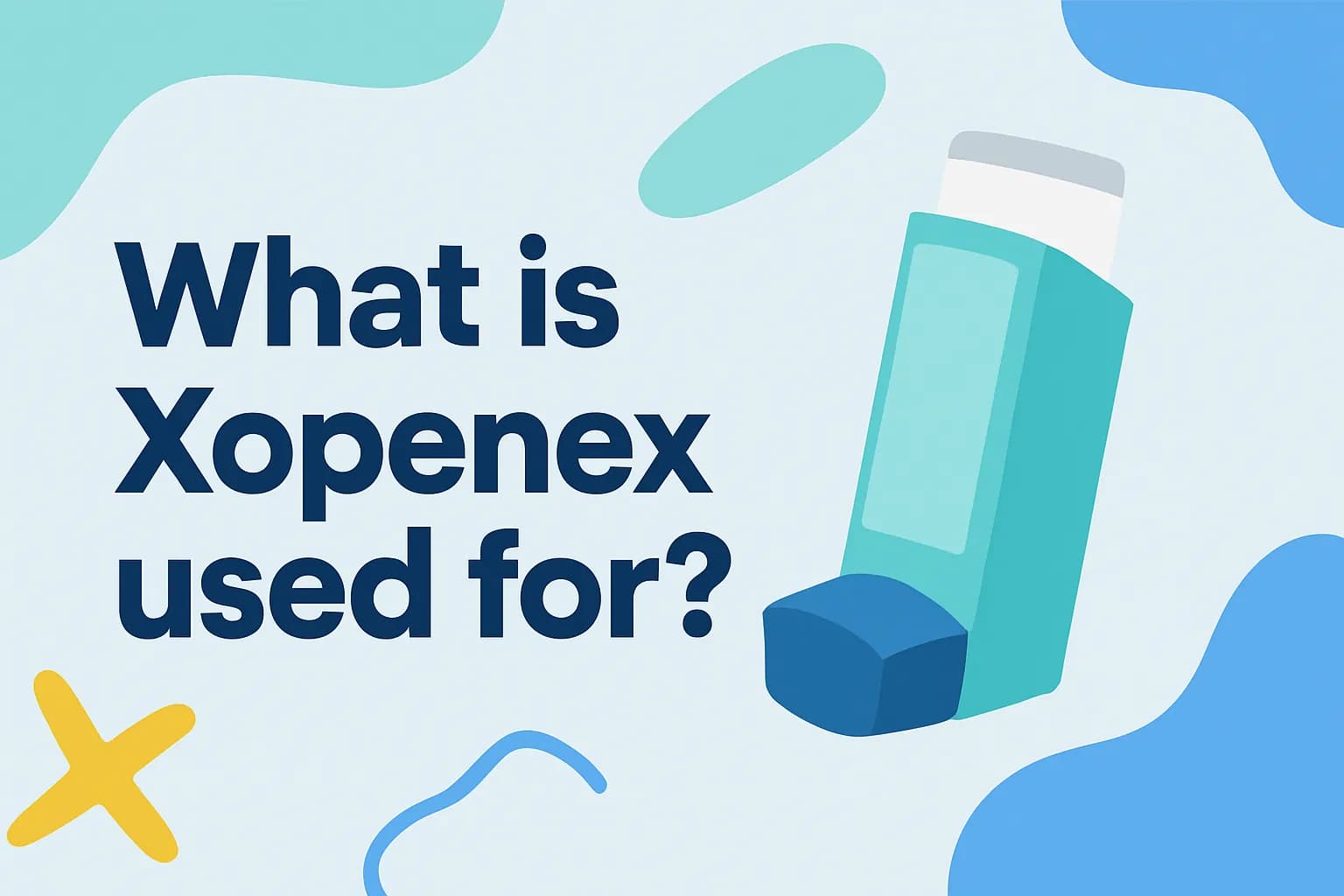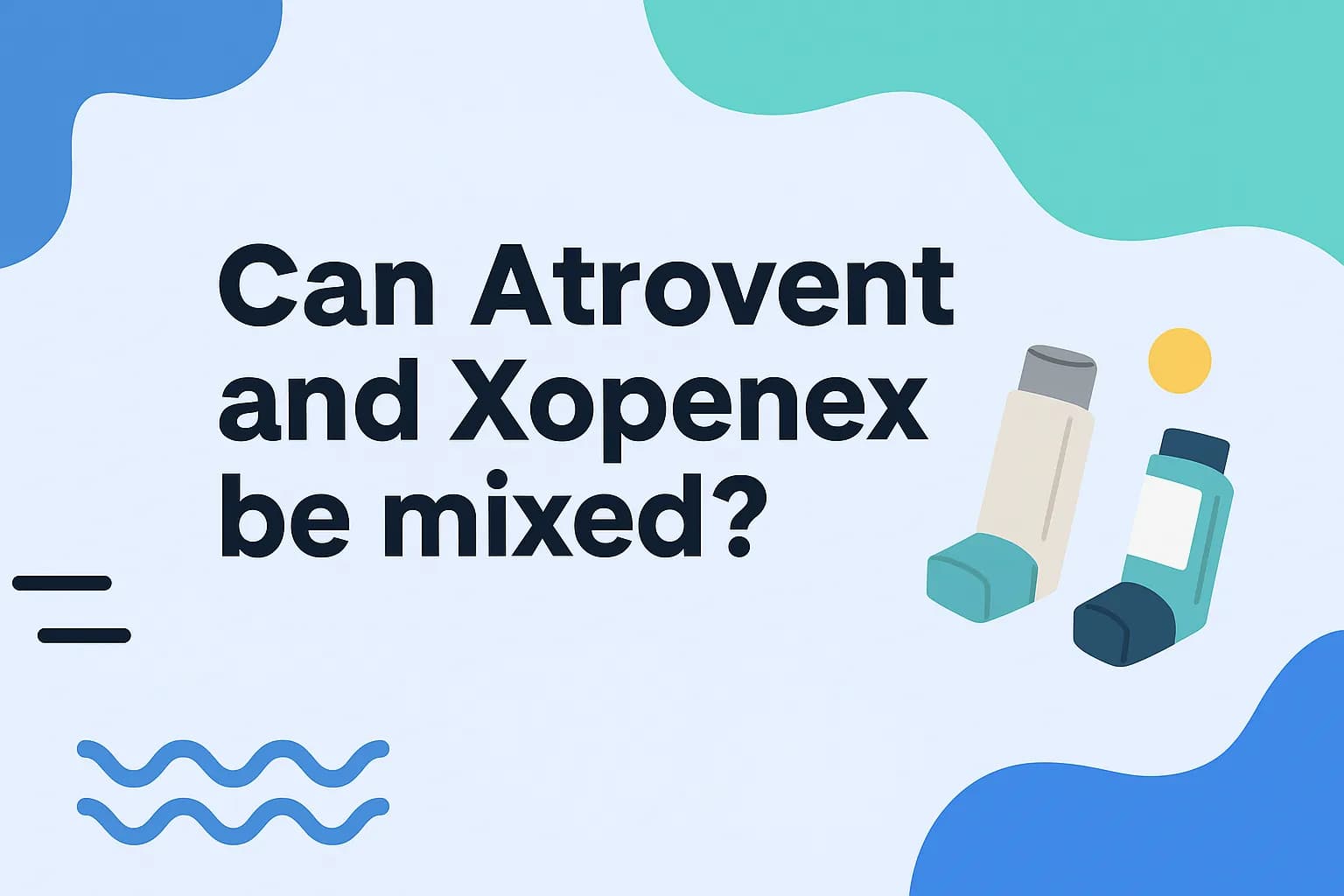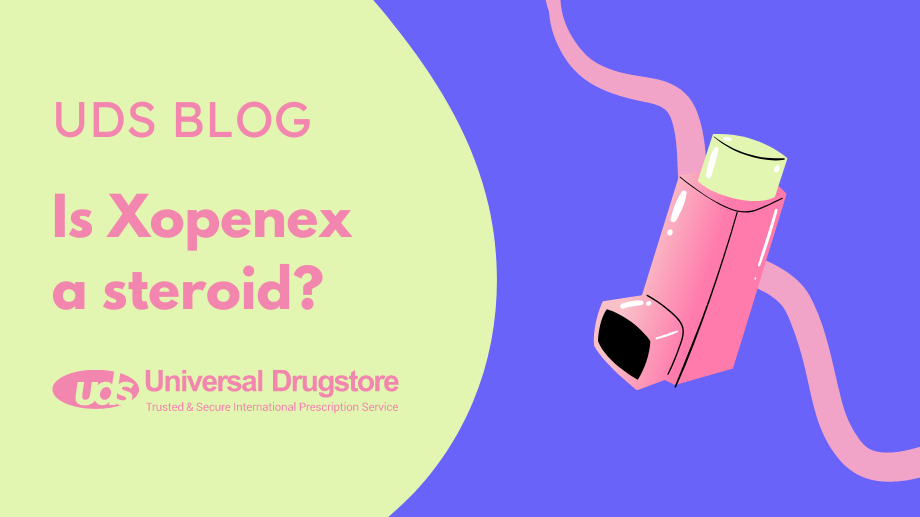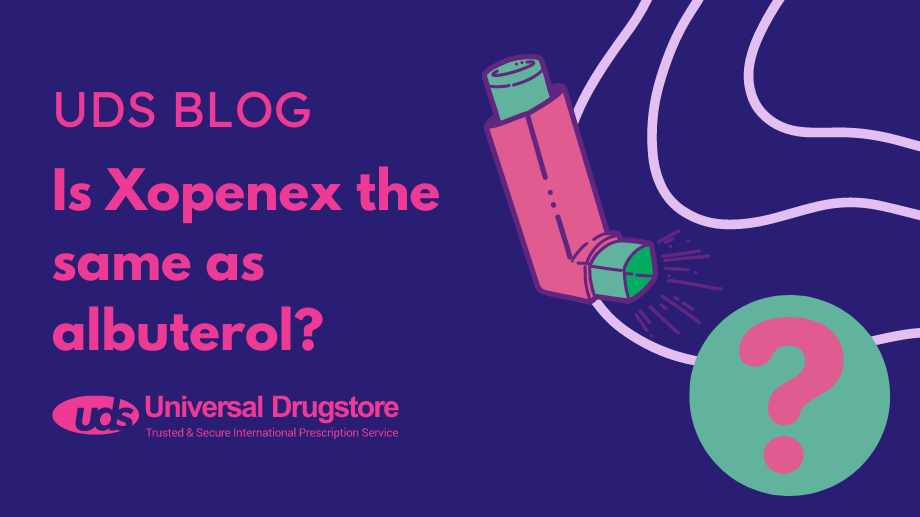Can Atrovent and Xopenex be mixed?
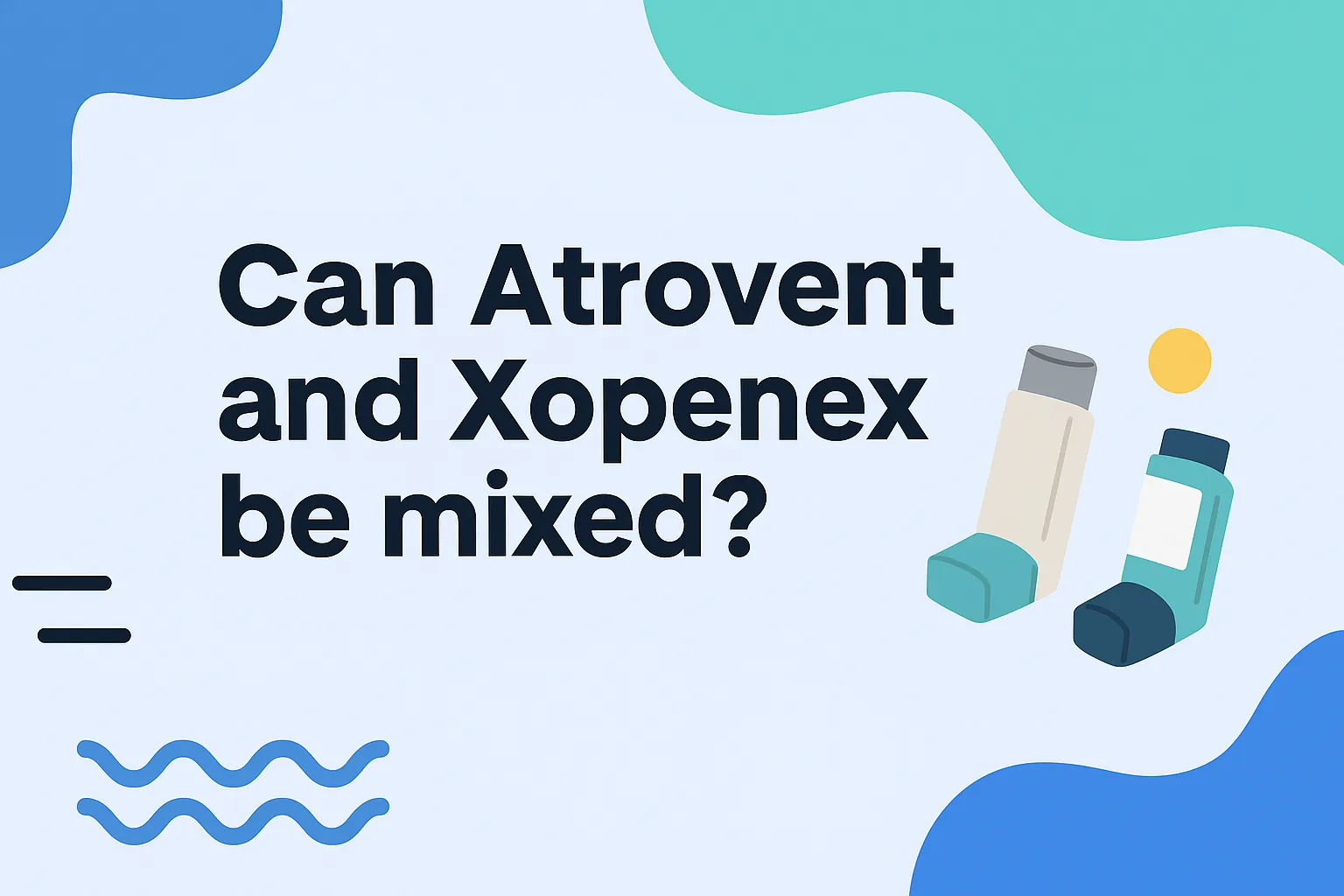
The combination of a short-acting beta-agonist such as Xopenex (levalbuterol) and an anticholinergic like Atrovent (ipratropium) in a nebulizer is commonly used for managing conditions such as acute exacerbations of asthma or chronic obstructive pulmonary disease (COPD). The medications work through different mechanisms and work on different receptors to help dilate the airways and improve breathing. Combining these two medications may provide more relief for your asthma or COPD symptoms.
Can you mix them together in a nebulizer? One study looked to see if levalbuterol inhalation solution was compatible with several other solutions when combined in a nebulizer cap. This included an anticholinergic (ipratropium), a mucolytic agent (acetylcysteine sodium), a mast cell stabilizer (cromolyn sodium), or a corticosteroid (budesonide). Immediately after mixing the two medications, and again after 30 minutes at room temperature, researchers visually inspected the admixtures, measured their pH, and conducted high-pressure liquid chromatography (HPLC). There was no evidence of physical incompatibility when these drugs were combined. With all the admixtures, both drugs were chemically stable for at least 30 minutes.
While they may be compatible, you should never mix medications in a nebulizer without the approval and guidance of your healthcare provider, as improper use may lead to adverse effects or reduced efficacy. Always consult with your healthcare provider for advice based on your medical history and current health status.
Xopenex FAQs
What is Xopenex?
Xopenex contains the active ingredient levalbuterol, which is a short-acting beta-agonist or bronchodilator. It is primarily used to treat and prevent bronchospasm in reversible obstructive airway disease, which includes asthma, certain breathing problems related to allergies, and COPD. COPD includes conditions such as chronic emphysema and bronchitis.
Bronchodilators work by relaxing the muscles in the airways, which helps to open up your air passages so you can breathe easier. Xopenex is often prescribed to improve airflow in your lungs and relieve symptoms such as wheezing, shortness of breath, chest tightness, and coughing.
Xopenex is available as a nebulizer solution and as an aerosol inhaled into your lungs via a metered-dose inhaler (MDI) under the brand name Xopenex HFA.
What are the most common side effects of Xopenex?
The most common side effects of Xopenex include:
- Headache
- Viral infection
- Sore throat
- Runny nose
- Tremor
- Dizziness
Other possible side effects include:
- Nervousness
- Body pain
- Chest pain
- Cough
- Dry mouth
- Hoarseness
Rarely, Xopenex may cause serious side effects such as:
- Serious, life-threatening allergic reactions, including anaphylaxis
- Worsening asthma symptoms
- Heart problems including increased blood pressure, heart rate, and irregular heartbeat
- Low potassium levels
These are not all of the possible adverse effects of Xopenex. You should always seek medical advice from a healthcare professional for any questions or concerns about your medical condition or treatment. You should also read all the patient information, including your Medication Guide that comes with Xopenex. You can report side effects to the FDA at 1-800-FDA-1088 or www.fda.gov/medwatch.
Shop Medications
How does Xopenex work?
The active ingredient in Xopenex is levalbuterol tartrate for the HFA inhaler and levalbuterol hydrochloride for the nebulizer solution. Both forms of levalbuterol are short-acting beta-agonists (SABAs). It helps relax the muscles in your lungs to open up your airways, making it easier for you to breathe.
What precautions are there with Xopenex?
You should not take this medication if you have an allergy to albuterol, levalbuterol, or any of the inactive ingredients in the product’s formulation. Inform your healthcare provider if you have:
- Heart disease or other heart problems
- Diabetes
- Seizures
- Overactive thyroid
- Kidney disease
- Pregnancy or plan to become pregnant
- Breastfeeding or plan to breastfeed
Are there any drug interactions with Xopenex?
Xopenex may interact with other prescription drugs, over-the-counter medications, vitamins, herbal products, and supplements. Inform your provider about all your medications, including:
- Other short-acting asthma medications such as albuterol
- Diuretics
- Beta-blockers
- Digoxin
- MAOIs or tricyclic antidepressants
This list is not complete and other drugs may also interact with Xopenex.
Is Xopenex short-acting or long-acting?
Xopenex is considered a short-acting bronchodilator. It starts to work within minutes after you use it and can last for up to 6 hours.
Does Xopenex increase your heart rate?
Yes, it is possible for Xopenex to raise your heart rate. However, this side effect is rare if you use it at the recommended dose prescribed by your doctor. Be sure to tell your doctor if you have heart rate problems before starting this medication. If you begin to experience a fast heart rate after using Xopenex, your doctor might need to consider an alternative medication for you.
Related Medications
- Ventolin HFA (albuterol)
- Bevespi Aerosphere (glycopyrrolate/formoterol)
- Combivent (ipratropium/albuterol sulfate)
- Pulmicort Respules (budesonide)
- Duoneb (ipratropium/albuterol)
- Brovana (arformoterol)
- Qvar RediHaler (beclomethasone)
Sources
- Xopenex HFA Prescribing Information
- Xopenex Inhalation Solution Prescribing Information
- Medscape
- Prescriber’s Digital Reference
- DailyMed
- Bonasia PJ, McVicar WK, Bill W, Ong S. Chemical and physical compatibility of levalbuterol inhalation solution concentrate mixed with budesonide, ipratropium bromide, cromolyn sodium, or acetylcysteine sodium. Respir Care. 2008 Dec;53(12):1716-22.
- Kamin W, Schwabe A, Krämer I. Inhalation solutions: which ones are allowed to be mixed? J Cyst Fibros. 2006 Dec;5(4):205-13.
